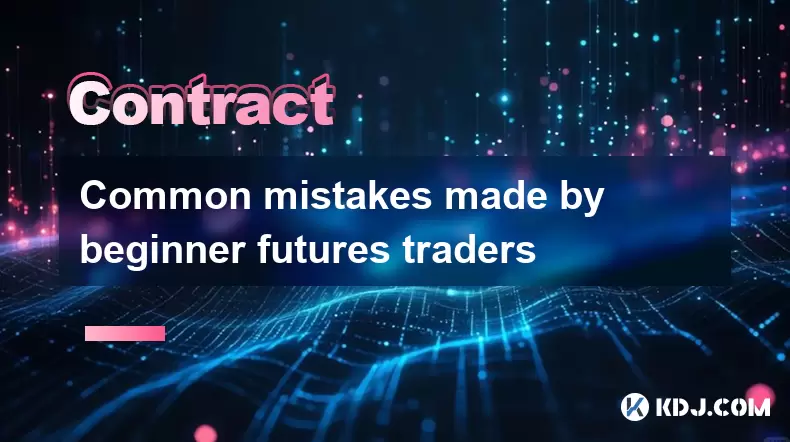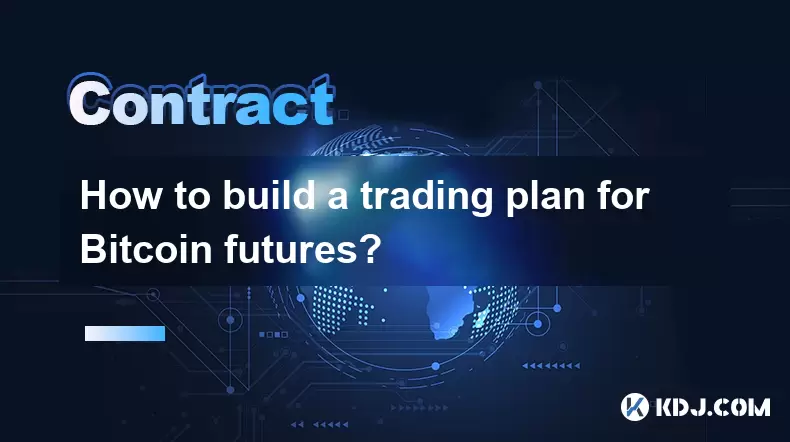-
 Bitcoin
Bitcoin $120400
1.77% -
 Ethereum
Ethereum $3615
7.90% -
 XRP
XRP $3.580
17.84% -
 Tether USDt
Tether USDt $1.001
0.06% -
 BNB
BNB $729.4
1.25% -
 Solana
Solana $179.9
5.04% -
 USDC
USDC $0.0000
0.01% -
 Dogecoin
Dogecoin $0.2311
8.22% -
 TRON
TRON $0.3226
4.04% -
 Cardano
Cardano $0.8490
12.85% -
 Hyperliquid
Hyperliquid $46.45
0.72% -
 Stellar
Stellar $0.4913
8.54% -
 Sui
Sui $4.027
2.00% -
 Chainlink
Chainlink $18.51
11.67% -
 Hedera
Hedera $0.2818
21.51% -
 Avalanche
Avalanche $24.03
7.40% -
 Bitcoin Cash
Bitcoin Cash $508.5
2.90% -
 Shiba Inu
Shiba Inu $0.00001496
3.24% -
 UNUS SED LEO
UNUS SED LEO $8.961
1.83% -
 Toncoin
Toncoin $3.264
3.13% -
 Litecoin
Litecoin $104.6
8.15% -
 Polkadot
Polkadot $4.389
6.11% -
 Uniswap
Uniswap $9.924
10.63% -
 Monero
Monero $337.9
0.49% -
 Pepe
Pepe $0.00001376
2.79% -
 Bitget Token
Bitget Token $4.830
2.46% -
 Ethena USDe
Ethena USDe $1.001
0.05% -
 Dai
Dai $1.000
0.02% -
 Aave
Aave $325.2
1.66% -
 Bittensor
Bittensor $423.7
-0.85%
How much money do you need to start trading Bitcoin contracts?
You can start trading Bitcoin contracts with as little as $10 on some platforms, but sufficient capital and risk management are crucial for long-term success.
Jul 15, 2025 at 07:56 pm

Understanding Bitcoin Contracts and Their Entry Requirements
Bitcoin contracts, also known as Bitcoin futures or perpetual contracts, allow traders to speculate on the price of Bitcoin without owning the actual asset. These financial instruments are popular among crypto traders due to their leverage capabilities and potential for profit in both rising and falling markets. However, one of the most common questions new traders ask is: how much money do you need to start trading Bitcoin contracts?
The answer varies depending on several factors, including the exchange used, the level of leverage offered, and the trader's risk tolerance.
Minimum Deposit Requirements on Major Exchanges
Most cryptocurrency exchanges that offer contract trading require users to have a certain amount of funds in their account before they can begin trading. For example:
- On Binance Futures, there is no strict minimum deposit requirement, but traders must have enough funds to meet the initial margin requirement.
- Bybit allows users to start trading with as little as $10, depending on the leverage and position size.
- OKX and Bitget also permit small entry amounts, though traders should be aware of minimum order sizes and fee structures.
It’s important to note that while some platforms may allow very low initial deposits, successful trading requires sufficient capital to manage risks effectively.
Calculating Capital Based on Leverage and Position Size
Leverage plays a critical role in determining how much money is needed to open a position. Most exchanges offer leverage ranging from 1x to 125x for Bitcoin contracts.
To calculate the required capital, use the following formula:
Required Margin = (Position Size / Leverage)
For example:
- If you want to open a $1,000 long position on BTC/USDT with 10x leverage, your required margin would be $100.
- With 100x leverage, the required margin drops to $10.
However, using high leverage increases the risk of liquidation, so it's crucial to understand how liquidation prices and maintenance margins work before committing real funds.
Additional Costs Involved in Contract Trading
Besides the margin required to open a position, traders should consider other costs:
- Trading fees: These include maker and taker fees, which vary by platform and user tier. Fees typically range from 0.01% to 0.1% per trade.
- Funding fees: Applicable in perpetual futures contracts, these fees are charged every few hours based on the difference between the spot price and contract price.
- Slippage and market impact: Especially relevant during high volatility, these can affect entry and exit prices, potentially increasing losses.
These additional costs mean that even if a trader meets the minimum margin requirements, they may still need more capital to sustain trades over time.
Risk Management Considerations
One of the biggest mistakes beginners make is underestimating the importance of risk management. While it's technically possible to start trading with as little as $10, doing so without proper strategy and understanding often leads to significant losses.
Here are key considerations:
- Always set stop-loss orders to limit potential losses.
- Never risk more than 1–2% of your total capital on a single trade.
- Understand position sizing and how it affects overall portfolio exposure.
Traders who ignore these principles often find themselves blown out of their positions quickly, regardless of the initial amount invested.
Choosing the Right Exchange and Account Type
Different exchanges cater to different types of traders. Some platforms are designed for professional traders with large accounts, while others welcome retail traders with smaller balances.
When choosing an exchange, consider:
- Supported leverage options
- Availability of demo or testnet environments
- User interface and educational resources
- Security features and regulatory compliance
Some exchanges also offer copy trading or sub-account features, allowing novice traders to follow experienced ones or manage multiple strategies simultaneously.
Frequently Asked Questions
Q: Can I trade Bitcoin contracts with less than $100?
Yes, many exchanges allow traders to open positions with less than $100, especially when using high leverage. However, trading with such a small amount increases the likelihood of liquidation and limits flexibility in managing risk.
Q: Is leverage always beneficial for beginner traders?
No, high leverage amplifies both gains and losses. Beginners are advised to start with lower leverage (e.g., 5x–10x) until they become familiar with contract mechanics and risk control strategies.
Q: What happens if my position gets liquidated?
If your account equity falls below the maintenance margin, the exchange will automatically close your position to prevent further losses. You may lose part or all of your deposited funds depending on the market conditions and the size of the position.
Q: Are there demo accounts available for practicing Bitcoin contract trading?
Yes, most major exchanges like Binance, Bybit, and OKX provide paper trading or demo modes where users can practice with virtual funds before risking real money.
Disclaimer:info@kdj.com
The information provided is not trading advice. kdj.com does not assume any responsibility for any investments made based on the information provided in this article. Cryptocurrencies are highly volatile and it is highly recommended that you invest with caution after thorough research!
If you believe that the content used on this website infringes your copyright, please contact us immediately (info@kdj.com) and we will delete it promptly.
- Bitcoin, Cloud Mining, Crypto Wealth: Riding the Bull Run in Style
- 2025-07-18 12:30:12
- Ethereum Gas Fees, ERA Airdrop: A New Yorker's Take on Crypto Chaos
- 2025-07-18 12:50:12
- Bitcoin, Altcoins, and the Crypto Market: Navigating Trump's Crypto Ventures and the Evolving Digital Landscape
- 2025-07-18 12:50:12
- Bitcoin Holdings and the Smarter Web: A Match Made in Digital Heaven?
- 2025-07-18 12:10:12
- Bitcoin, MSTR & Saylor's Strategy: A Winning Trifecta?
- 2025-07-18 08:30:13
- Bitcoin Mortgages Down Under: A New Wave in Australian Homeownership?
- 2025-07-18 08:50:12
Related knowledge

What is a stablecoin-margined contract vs a coin-margined contract?
Jul 15,2025 at 06:36pm
Understanding the Difference Between Stablecoin-Margined Contracts and Coin-Margined ContractsIn the world of cryptocurrency derivatives, margin plays...

How to analyze volume profile for Bitcoin futures?
Jul 17,2025 at 01:21am
Understanding Volume Profile in Bitcoin Futures TradingVolume profile is a crucial analytical tool used by traders to assess the distribution of tradi...

How to backtest a Bitcoin futures trading strategy?
Jul 15,2025 at 11:35am
Understanding Bitcoin Futures TradingBitcoin futures trading involves contracts to buy or sell Bitcoin at a predetermined price and date in the future...

Common mistakes made by beginner futures traders
Jul 17,2025 at 07:49am
Overleveraging Without Understanding the RisksOne of the most frequent mistakes made by beginner futures traders is overleveraging their positions. Fu...

Psychology of trading Bitcoin contracts
Jul 13,2025 at 02:50am
Understanding the Emotional Rollercoaster of Bitcoin Futures TradingBitcoin contract trading, especially in the form of futures, introduces a high lev...

How to build a trading plan for Bitcoin futures?
Jul 17,2025 at 08:42am
Understanding Bitcoin Futures TradingBitcoin futures are derivative contracts that allow traders to speculate on the future price of Bitcoin without o...

What is a stablecoin-margined contract vs a coin-margined contract?
Jul 15,2025 at 06:36pm
Understanding the Difference Between Stablecoin-Margined Contracts and Coin-Margined ContractsIn the world of cryptocurrency derivatives, margin plays...

How to analyze volume profile for Bitcoin futures?
Jul 17,2025 at 01:21am
Understanding Volume Profile in Bitcoin Futures TradingVolume profile is a crucial analytical tool used by traders to assess the distribution of tradi...

How to backtest a Bitcoin futures trading strategy?
Jul 15,2025 at 11:35am
Understanding Bitcoin Futures TradingBitcoin futures trading involves contracts to buy or sell Bitcoin at a predetermined price and date in the future...

Common mistakes made by beginner futures traders
Jul 17,2025 at 07:49am
Overleveraging Without Understanding the RisksOne of the most frequent mistakes made by beginner futures traders is overleveraging their positions. Fu...

Psychology of trading Bitcoin contracts
Jul 13,2025 at 02:50am
Understanding the Emotional Rollercoaster of Bitcoin Futures TradingBitcoin contract trading, especially in the form of futures, introduces a high lev...

How to build a trading plan for Bitcoin futures?
Jul 17,2025 at 08:42am
Understanding Bitcoin Futures TradingBitcoin futures are derivative contracts that allow traders to speculate on the future price of Bitcoin without o...
See all articles

























































































